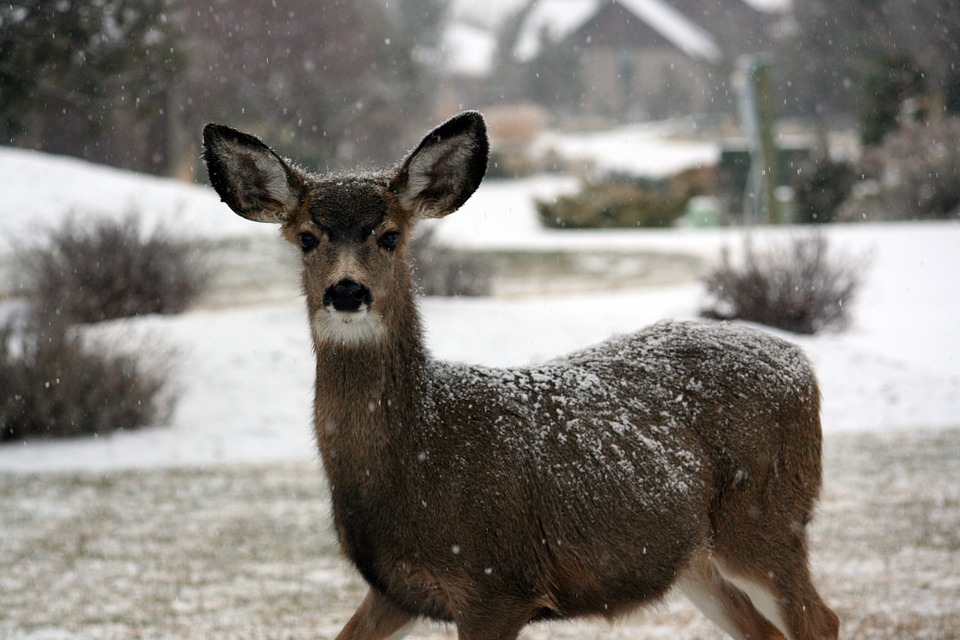The opening weekend of Arkansas’ modern gun season revealed 28 new cases of chronic wasting disease in the state’s white-tailed deer population. Across 25 sampling stations, samples were collected from volunteer hunters within the state’s 10-county CWD Management Zone.
Two new Arkansas counties were additionally affected by the disease, one being Yell County, which given its location, originally had officials disheartened.
“The Marion County cases were right across the border from Boone County, which already had CWD-positive cases, but the Yell County one is a little disheartening,” Cory Gray, AGFC deer program coordinator said in a statement. “It’s our southernmost case yet, and was found on the south side of the Arkansas River.”
The 28 new cases came from 535 submitted samples during a two-day period, but in a release last week, the Arkansas Game and Fish Commission announced that two of the deer previously identified as CWD positive actually tested negative for the disease.
“We submit samples to a laboratory that conducts the ELISA (enzyme-linked immunosorbent assay) method as a screening test. This ELISA test has the ability to process a large number of samples at a quick rate, and can produce a specificity exceeding 99 percent,” said Cory Gray, deer program coordinator for the AGFC. “But, in some cases, the confidence level in a sample result can be low. In those situations, we follow up the ELISA test with the IHC test to ensure an accurate test result. In addition, anytime we receive a CWD-positive suspect in a new county, we send an additional sample collected from that animal to run the IHC test. The IHC is extremely accurate and reliable – the gold standard in regard to CWD testing – but the downside is that it may take weeks before sample results are received versus a few days with ELISA.”
While this alone is encouraging, perhaps the most promising part of the story lies in the fact that one of those deer whose status was reversed was taken from Yell County. Originally concerned, state biologists were relieved to learn the disease had not, in fact, crossed the Arkansas River.
“The river really doesn’t pose a huge barrier because deer can swim pretty well,” Gray said. “But anything that can slow the spread of the disease a little more is always welcome. Research in other states suggests that rivers, roads and ridges may serve as barriers, hindering the spread of the disease.”
To date, 150 white-tailed deer and six elk have been confirmed with CWD in Arkansas.




